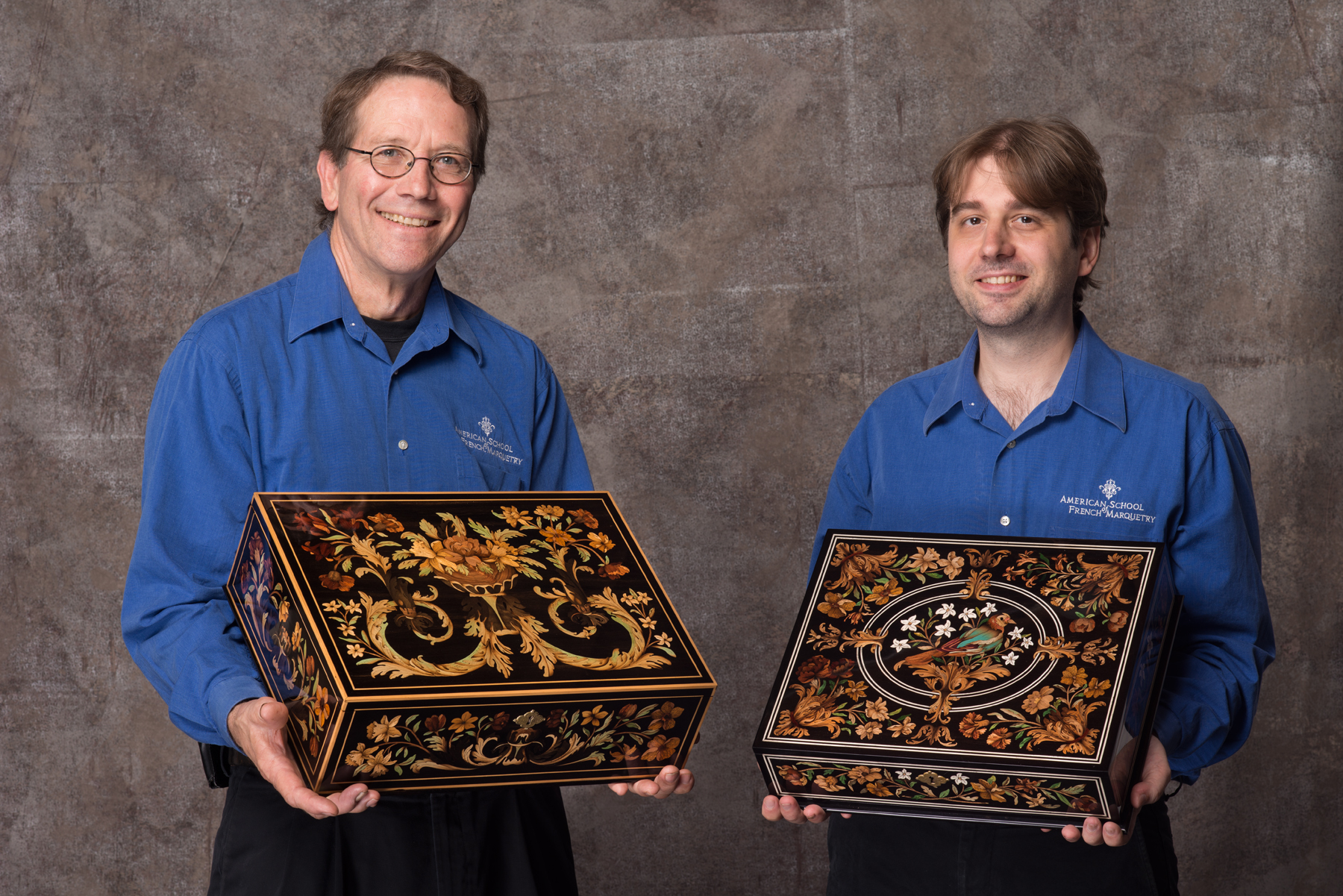 Today, furniture makers have a wonderful choice of hand and power tools available to them. There are those furniture makers who choose to use only hand tools, those who use only power tools, and the rest who will use any tool that will get the job done. It is important to recognize that the choice of tool is significant, and it will be evident in the final result. The form and decoration of the furniture is directly affected by the process used to make it. It may be subtle, or it may be dramatic, but it is always apparent to the discerning observer.
Today, furniture makers have a wonderful choice of hand and power tools available to them. There are those furniture makers who choose to use only hand tools, those who use only power tools, and the rest who will use any tool that will get the job done. It is important to recognize that the choice of tool is significant, and it will be evident in the final result. The form and decoration of the furniture is directly affected by the process used to make it. It may be subtle, or it may be dramatic, but it is always apparent to the discerning observer.
We use traditional hand tool processes to re-create period furniture at the bench. We say "at the bench" because we feel a reverence for the craft of furniture making, and a deep respect for those craftsmen who worked in pre-industrial shops. We spend every day working at the bench, restoring and re-creating period furniture pieces, and we have learned from careful observation of traditional construction methods. Hand tools were used in a pre-determined process, and each tool leaves some evidence of its passage. The scribe lines for marking, the chamfered corners, the jack plane, the scrub plane, the smooth plane, even the toothing plane leaves marks in areas which are not normally viewed. We believe that using pre-industrial wooden planes create a pre-industrial surface, and that this has a direct impact on the final appearance of the work.
Check our Portfolio.




